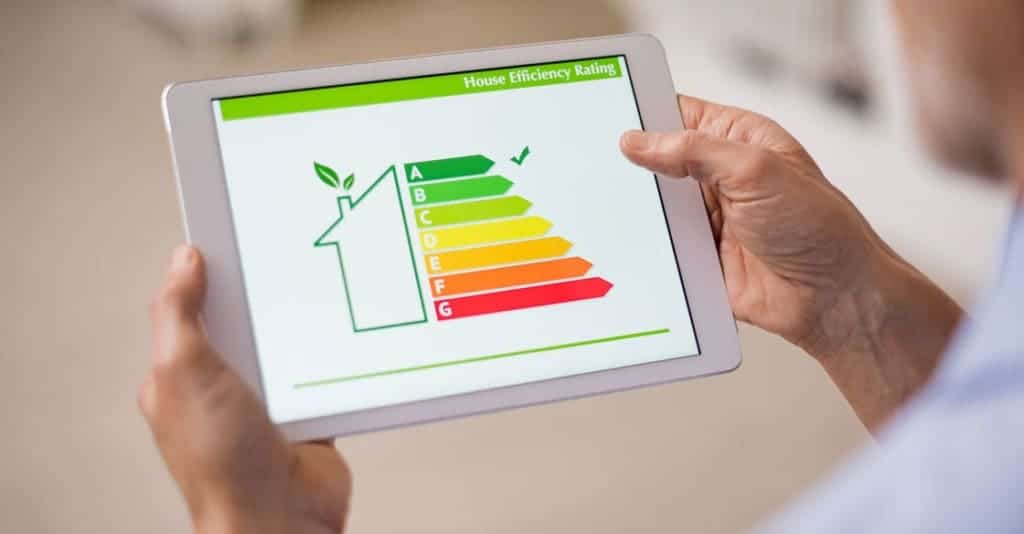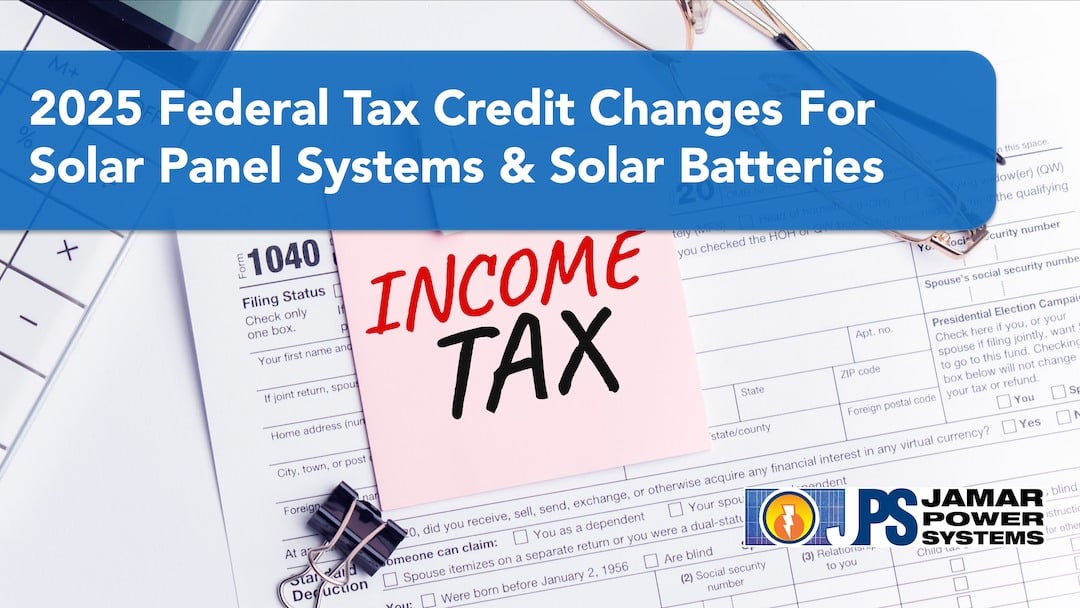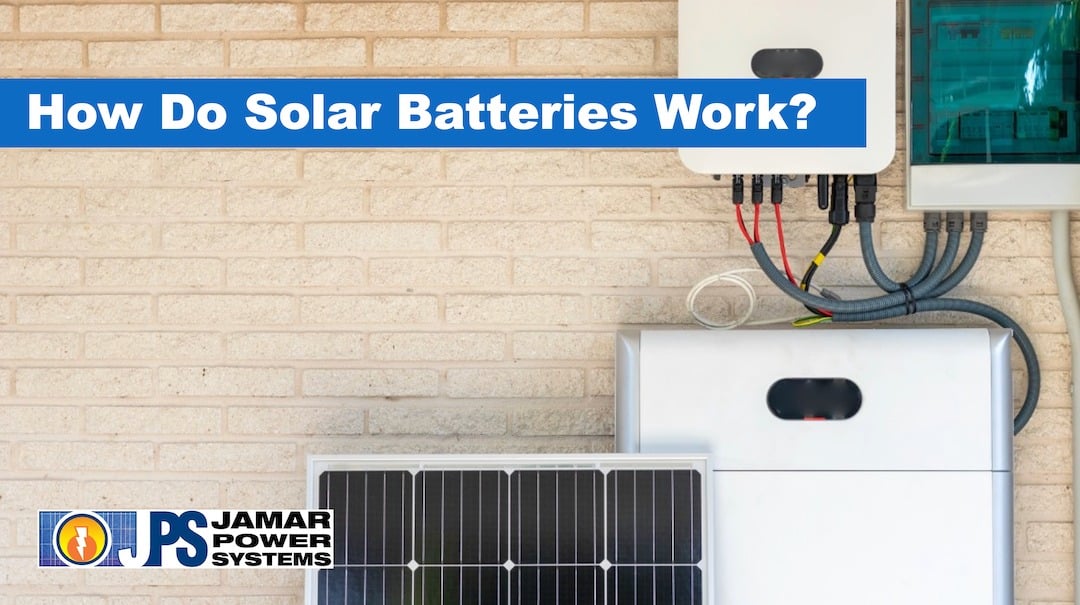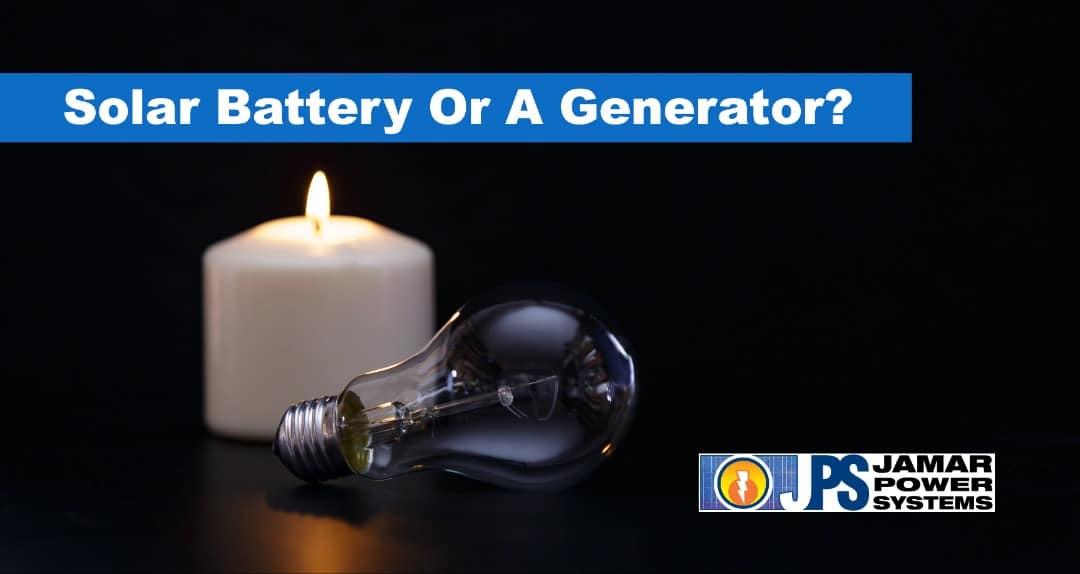The state of California leads the nation when it comes to clean, efficient energy usage, thanks in large part to consistent efforts to establish and enforce rigorous energy efficiency standards for buildings all around the state.
Every few years, the California Energy Commission meets to review these standards and revise them considering technological developments and changing emissions milestones.
With several self-imposed goals to meet, these standards help to push the state toward a greener future.
Recently, the CEC concluded its 2018 sessions and determined what changes will make it into the 2019 standards.
Once finalized, builders and other professionals will have approximately one full year before the standards’ adoption date of January 1, 2020.
There are several major areas of change coming in California’s new rules and plans for efficiency.
Solar Power Becomes Mandatory for New Homes
Perhaps the most striking of the new energy efficiency standards to make the cut is the requirement that all new residential construction projects must incorporate solar panels into their design.
By making solar power an integral part of new construction, California aims to come close to making “net-zero” homes a reality.
Regarding efficiency, the standard definition of “net-zero” is a home producing about as much power as it consumes.
While the new standards will not require battery storage, a necessity for using solar energy overnight or on cloudy days, this is a big step forward regardless.
The new standards will also incorporate incentives for the installation of batteries and some efficient appliances, like electric heat pump water heaters.
The goal of incentivizing such technologies is to increasingly shift demand toward typically off-peak hours.
Lighting Upgrades for Nonresidential Buildings
Major changes have taken place in recent years in the lighting industry, as incandescents were first phased out, followed now by other bulb types such as halogen lamps.
In their place, LED-based bulbs have risen to become the preferred technology for both indoor and outdoor lighting.
The 2019 California energy efficiency standards now reflect this change, updating its efficiency values to incorporate data about LED energy consumption.
Ideally, this shift should have the impact of reducing a business’s energy bill because of the far lower rate of electrical usage compared to older bulbs.
LEDs last longer, too; instead of swapping out bulbs every few months, businesses can go years without spending maintenance dollars on lighting replacements.
In addition to encouraging faster-LED adoption, the new rules include requirements for sensor-based lights in some regions of infrequent occupancies, such as restrooms.
Healthcare Facilities Fall Under New Energy Efficiency Standards
Believe it or not, until now, most healthcare facilities within California were not subject to the same level of efficiency standardization as others. That changes with the 2019 standards.
While existing facilities will be grandfathered in, new construction facilities will need to adhere to many of the same standards as other non-residential buildings.
The CEC carefully reviewed the rules instead of applying them wholesale to the healthcare industry.
Though the entire range of standards will apply, from energy consumption to lighting, they will undergo tailoring to allow these facilities to execute their mission without compromises.
At Jamar Power Systems, we’re a fully-licensed electrical contractor performing a wide variety of services for homes, businesses, and home builders in San Diego County and the Inland Empire region.
With these new energy efficiency standards on the horizon, making plans to accommodate them ahead of time is a wise choice.
From exploring how to adapt to the latest indoor air quality requirements to formulating an energy efficiency policy for your business, we can assist you in becoming well-positioned to integrate the 2019 standards and new legislation well into the future.
- 2025 Federal Tax Credit Changes For Solar Panel Systems & Solar Batteries - July 8, 2025
- How Solar Batteries Work - March 4, 2024
- Solar Battery or Generator for Emergency Backup Power? - January 30, 2024






